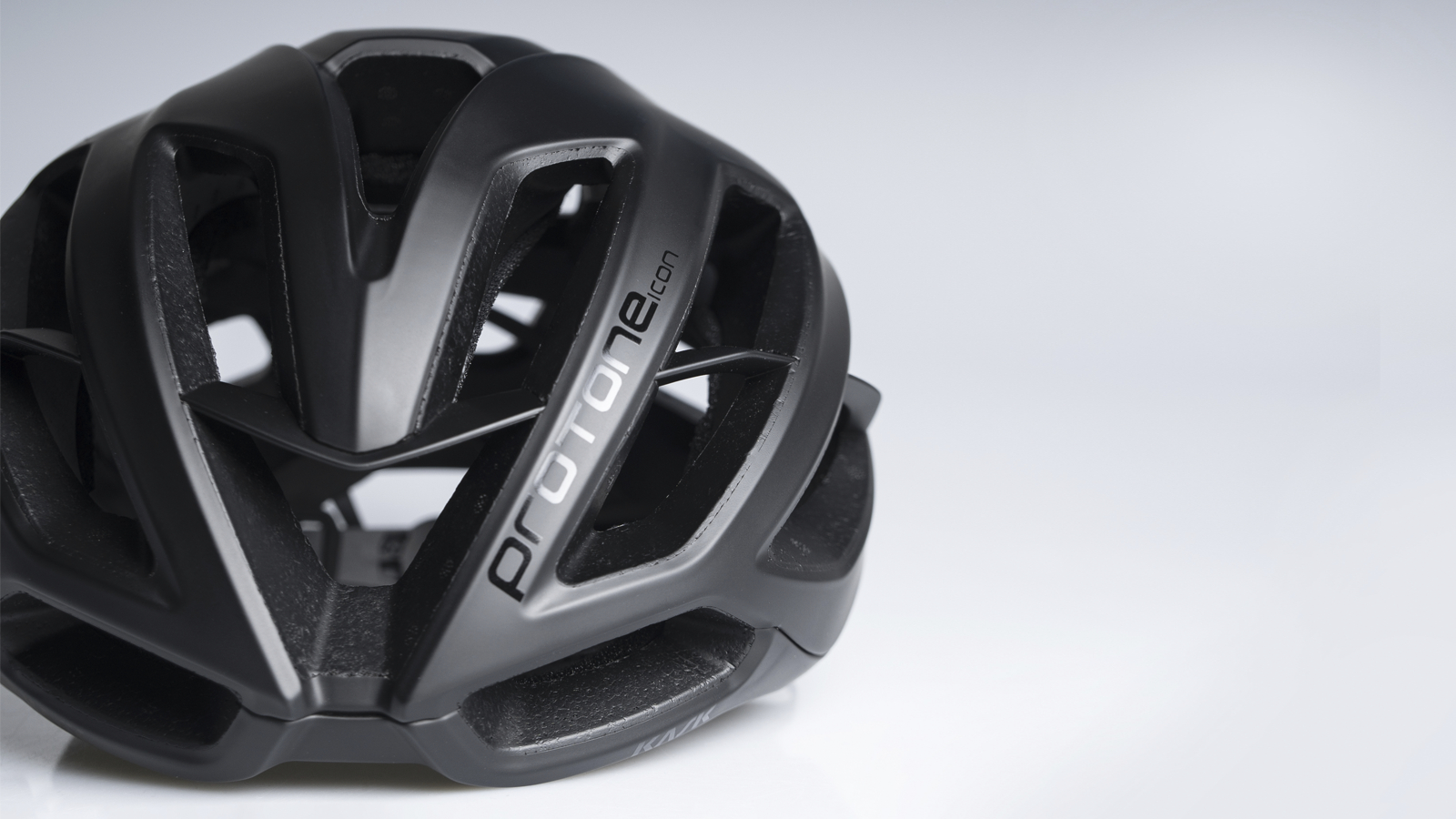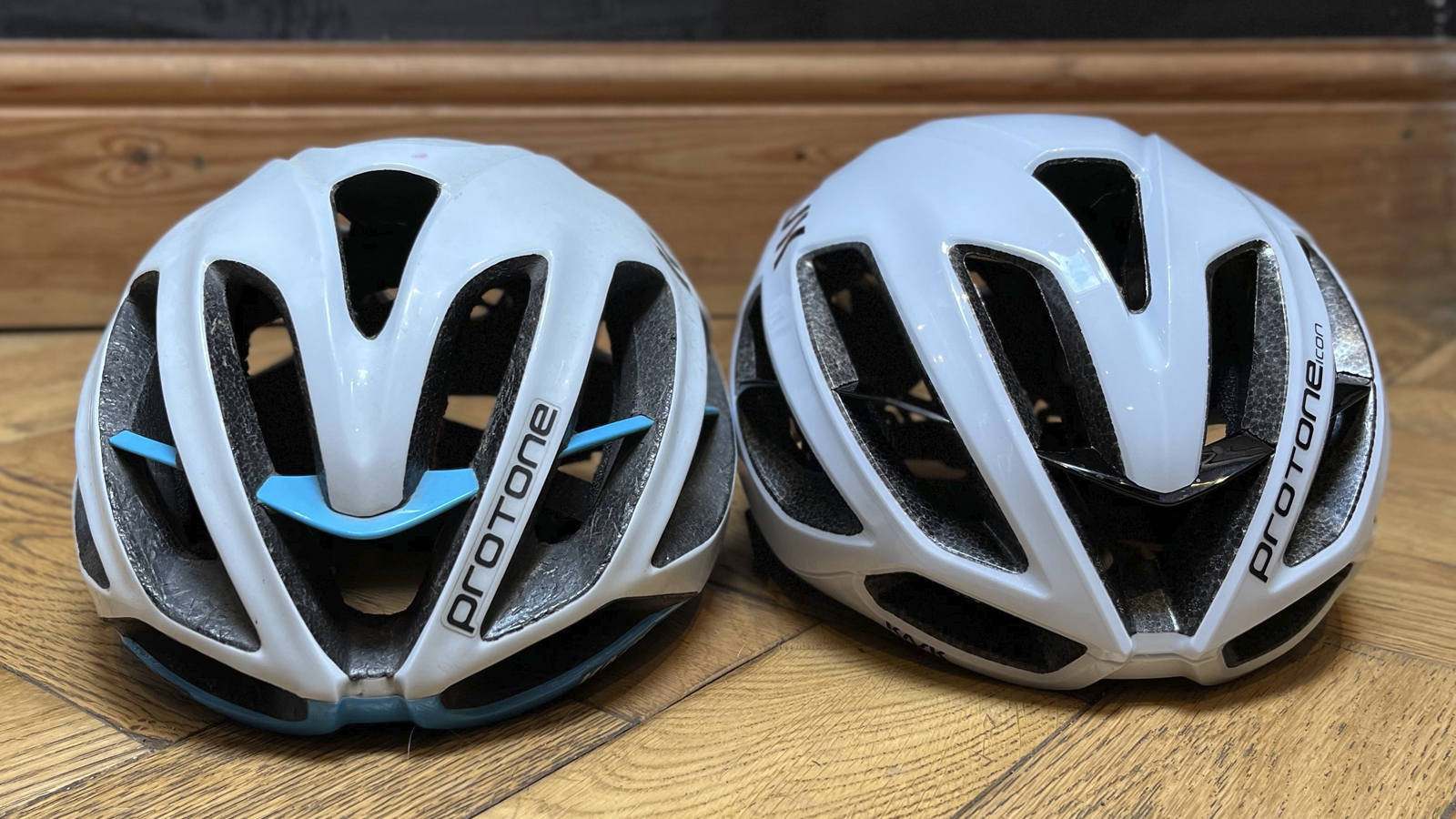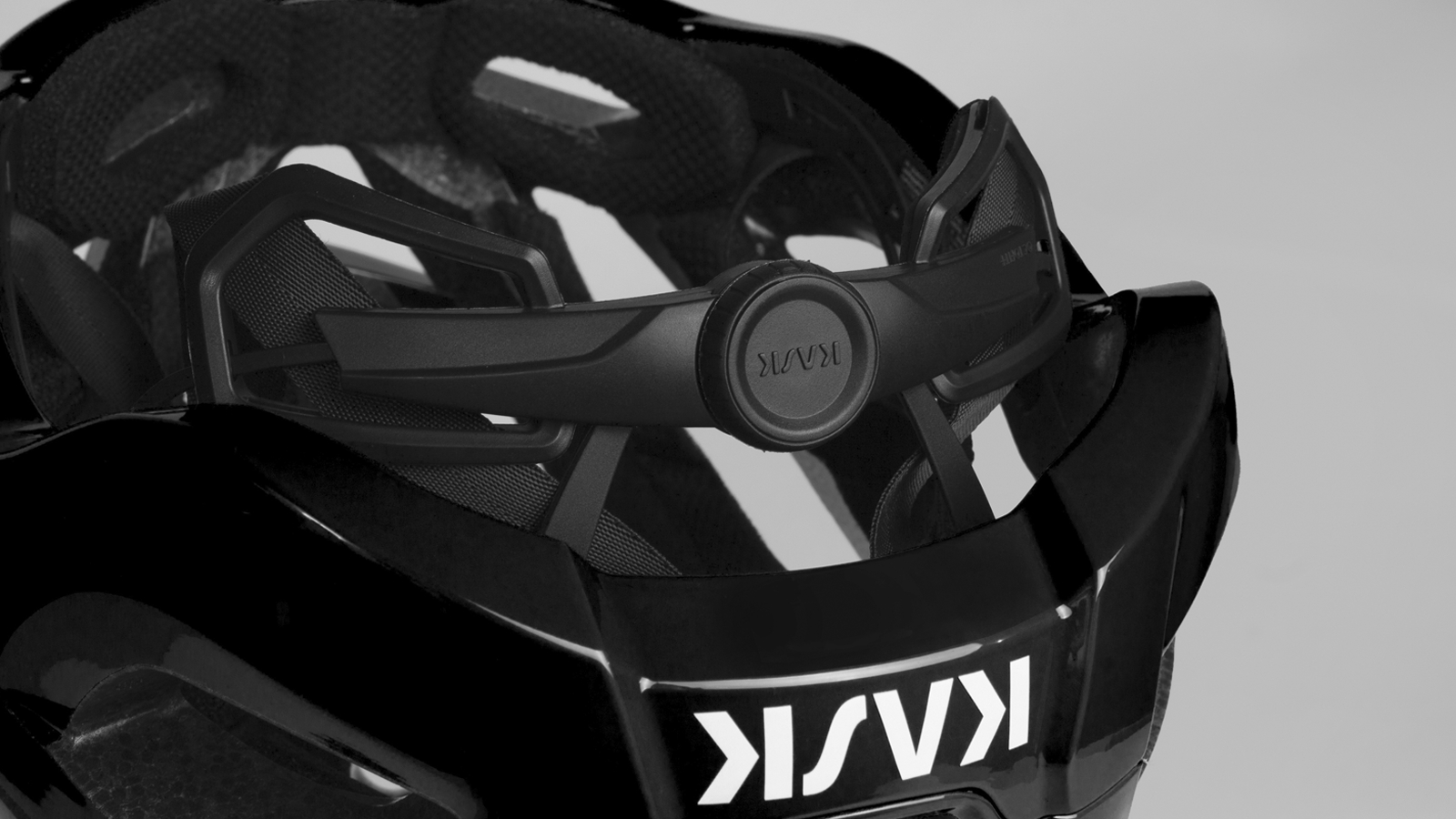Kask revamps iconic Protone helmet, creates Protone Icon
Visually almost indistinguishable, but with subtle improvements throughout

Eight years since it first appeared on the heads of Team Sky, Kask has today unveiled an update to its longstanding Protone road helmet.
The new helmet, known as the Protone Icon, is almost indistinguishable from its predecessor at first glance. The original has won 10 grand tours, four Olympic gold medals and has been a staple inclusion in our buyer's guide to the best road bike helmets. With the new Protone Icon, it's a clear case of evolution rather than revolution as Kask seeks to retain the winning formula of the original.
Despite its aesthetic similarities, when you compare one to the next, a swathe of minor updates become apparent throughout, which Kask claims it has introduced in order to provide a helmet that is more modern looking, better ventilated and more comfortable.

What's new
Perhaps the biggest talking point with what's new is actually a case of what's the same, and by that, I mean Kask's impact protection claims. Many consumers will be turned off by the omission of a MIPS liner or a similarly clear indication of rotational impact protection, but for the Protone Icon, Kask claims it has been developed in accordance with the Kask WG11 protocol.
Kask describes WG11 as an "objective, scientific approach to measuring the helmet’s performance against rotational impacts," and further research suggests that Rudy Project is also making its helmets to the same standard, which is shorthand for CEN\TC 158\Working Group 11, and borne out of the European Committee for Standardization (CEN). The original Protone was also said to have passed the same tests, suggesting that little has actually changed in this regard.
As for things that are actually new, the first is a mostly-invisible update, in the form of an overhauled internal frame structure, which Kask claims helps to improve aerodynamics and ventilation while also maintaining the form of the previous helmet. This has resulted in subtle changes to the shape of the helmet, including the roundness of the central-most vent, the thickness of the horizontal struts and the shape of the vents.
A more noticeable change is the update of the Octofit retention system, which has been replaced with a new Octofit+. This sees a larger, rubberised dial for easier adjustment, as well as a reshaped cradle that Kask claims will offer increased stability and comfort. The vertical adjustment remains the same, while the pads have been replaced with a CoolMax fabric that Kask says is quicker to dry.
The latest race content, interviews, features, reviews and expert buying guides, direct to your inbox!

Availability
The Protone Icon is available in three sizes, catering to heads from 50 to 62cm in diameter, and is claimed to weigh 230g in a size medium.
At launch, it will come in 10 different colours, covering both gloss and matte finishes, and it will be priced at £245.00, $299.95, and €275.00. In October, it will arrive in Australia, priced at AU$409.00.

Josh is Associate Editor of Cyclingnews – leading our content on the best bikes, kit and the latest breaking tech stories from the pro peloton. He has been with us since the summer of 2019 and throughout that time he's covered everything from buyer's guides and deals to the latest tech news and reviews.
On the bike, Josh has been riding and racing for over 15 years. He started out racing cross country in his teens back when 26-inch wheels and triple chainsets were still mainstream, but he found favour in road racing in his early 20s, racing at a local and national level for Somerset-based Team Tor 2000. These days he rides indoors for convenience and fitness, and outdoors for fun on road, gravel, 'cross and cross-country bikes, the latter usually with his two dogs in tow.